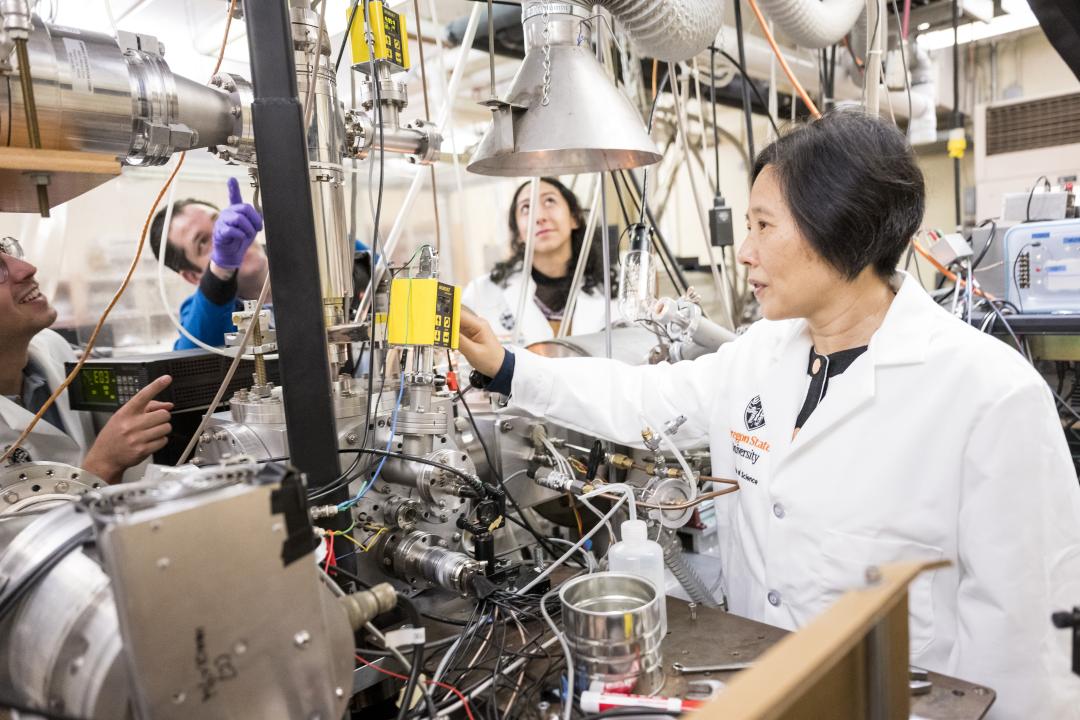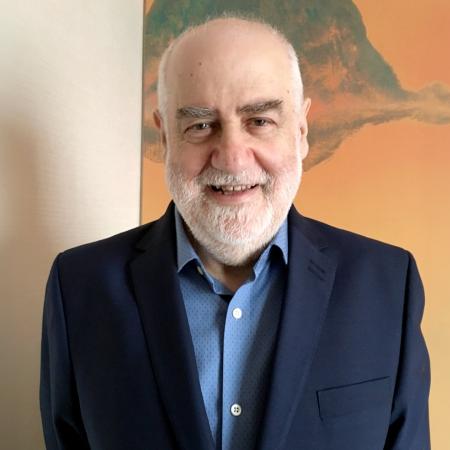Wei Kong enjoys taking the road less traveled, and she is not timid in making bold decisions to get oriented and reoriented. On May 13, 2024, she will present the 2024 F.A. Gilfillan Memorial Lecture, titled “Which way up: Using field orientation to see the unseen.”
In her talk, she will share the revolutions and evolutions of her scientific career that has led her to her current focus on developing a method to obtain high-resolution atomic structures of biological macromolecules and nanomaterials.
Her scientific journey started with the adaptation of a new type of spectroscopy that can reveal the detailed rotational motion of an isolated charged molecule using advanced laser technologies in the ultraviolet and extreme ultraviolet. Called “Zero Kinetic Energy photoelectron spectroscopy,” this new method can be used to answer questions on the chemical composition of interstellar medium and potentially on the origin of life. However, this tool has its limitations. Spectroscopy relies heavily on modeling two parameters: the intensity and frequency of an observed transition between two quantum states. To break this limitation, her group added another parameter to the experiment—a strong electric field. By leveraging the polarization of the laser relative to the orientation of the electric field, more information about the molecular structure can be revealed.

Wei Kong works in her laboratory on the Oregon State Corvallis campus.
With these tools in-hand, driven by a mission to apply physical chemistry methods to biological problems, Kong embarked on a trip to the National Institutes of Health, spending her entire stay talking to a wide range of experts in different fields. Cryo-electron microscopy emerged as a new frontier, and the basic hypothesis that “seeing is believing” made microscopy exciting. Kong realized that the “molecular goniometer” achieved via an electric field can replace the substrate for orientation control of the micrometer, provided that the sample is cooled in superfluid helium droplets.
Kong has since embarked on a daring mission: to combine gas phase molecular orientation control with cryo-electron diffraction. The process involves intricate steps, including orienting proteins, aligning droplets with lasers and combining diffraction patterns to reconstruct three-dimensional structures. Serial Single Molecule Electron Diffraction Imaging has the potential to revolutionize drug development and enhance our understanding of disease mechanisms.
The goal is set, and she has oriented herself to pursue groundbreaking scientific discoveries.
Read this IMPACT article for a more in-depth summary of her research.




